1. Security
The tools for managing a digital hierarchy of access control is critical to ensuring that everyone in your organisation has secure and rapid access to the material they need to do their job.
You need the right people to be able to find and share data easily, but you also need to keep sensitive medical data secure. An electronic document management system built to the standards of ISO 27001 should give you confidence that you can prevent lapses and leaks that lead to extra work and fines.
2. Flexible workflows
One size fits all workflows won’t work for a scaling med dev business. Document control software gives you complete control over workflows for different document types so you’re always working in a way that suits you.
It helps to have templates for mandated SOPs such as complaint management, nonconformance reporting and CAPA - but you still need the ability to configure them to match the way you want to work. Flexibility with workflows is critical if you don’t want to be unnecessarily tied into a vendors’ way of doing things.
3. Intelligent review and approval tools
Intelligent rules for required review and approval makes information flow through at the right time to the right people. This is important in med dev where a huge amount of mission critical data is shared daily between teams. Great document control software makes this process as Lean and slick as possible through:
- Conditional routing options
- Parallel routing options to send documents to a group or named individuals all at once
- Reminders to notify users about upcoming and overdue document approvals
- Automation of periodic review of key documentation (SOPs etc)
The right solution will ensure your people and their teams are alerted when they need to act. It will automate review processes and offer e-signature approvals to eliminate the long waits for multiple sign-offs that can haunt a manual process.
The right electronic review and approval tools will help you strip back unnecessary communications and the background noise that can distract a team from getting work done.
4. Control over metadata
Metadata helps you categorise, search, filter and report on documents more effectively. The right solution will let you add metadata as needed, creating unique fields, categories and keywords to your system, linking documents, speeding up search and audit, ensuring vital knowledge and data does not get lost or ignored. In a powerful document control system meta-data can even be used to trigger process workflows helping you customise your solution in ways that always answer your specific project needs.
5. Seamless knowledge sharing
Document controls help you build a hub of organisational knowledge that everyone in your business can refer to for guidance and training. The right solution helps you make all training and process documentation available in the most suitable format for its purpose (from written documents, photos, videos, to flow diagrams). Document controls ensure this material is always usable, up-to-date and available whenever and wherever it is needed.
6. Document phase-gating for design controls
Medical device developers need to phase gate their design process for ISO 13485 and FDA Part 820 compliance. This means marshaling lots of complex documentation to support cycles of planning, execution and review; continually validating deliverables against designs and user requirements.
‘Document holders’ should be used to assemble required documentation for each phase of a development process (including user specs, engineering designs, validation matrices), triggering approval sequences when the right documents are in place and completed. When approval is given from all stakeholders, documents can then be formally published and the next phase of the project started.
Automating design controls and creating vital STOP/GO moments in your process, optimise your use of resource, minimise validation errors, and ensure your whole team is always focusing their effort where it’s needed most.
7. Robust version control and obsolescence processes
These processes should drive consistency, efficiency and control to ensure the ease of navigation in your system and reduce mistakes. A great piece of document control software ensures:
- There is only one master version of every document visible in your system at any time
- New documents replace old ones and previous documents are held until they are superseded
- Current issues, obsolete and superseded versions of documents are clearly labelled and water marked in your system.
- Documentation no longer required can be is archived correctly for retrieval as required by the regulation
8. Change control tools
Document change control prevents scope creep, unauthorised work, and dangerous mistakes. The right automated process helps you ensure change requests go through required sequences of scrutiny by key stakeholders before they are accepted.
The nature of these changes and who approved them will then be instantly recorded as part of your audit trail. When changes are made they can be automatically reviewed by key stakeholders at a later date, to ensure they have had their intended effect.
9. Forms should come as standard
A great document control system should let you set up forms to automate mandatory SOPs such as CAPA, Change Control, training attestation, complaints and calibration. These forms should be templated, but flexible enough for you to edit, creating your own drop-down menus, labels, free form boxes etc, so you’re capturing the information you need to drive your unique process as efficiently as possible.
10. E-signatures built-in
FDA 21 CFR part 11 and MHRA’s GXP require changes and approvals to quality documentation in a digital system to be signed off with e-signatures. These e-signatures should be:
- Controlled by administrators to ensure they cannot be misused or falsified
- Unique to individuals
- Authenticated in certain ways every time they are used
Records of sign-off, including the date and time of approval, as well as the identity of the signatory, should be automatically added to documents in their audit trail.
The right document control software shouldn’t rely on expensive third-party digital signature integrations but should have a compliant solution built-in.
11. Traceability
With the right document controls in place, you should have complete accountability and traceability throughout your product development process. You should be able to see the details of every change made to every quality document in unalterable audit trails.
In medical device development this is essential so that the source of non-conformities in products can be rapidly traced and corrected.
As medical device scandals such as PIP and Theranos continue to break and force changes in legislation - companies need to ensure they have complete transparency around process, clinical evidence and compliance. Not only is this a requirement for regulators but it will reassure investors that your innovations are safe and efficacious.


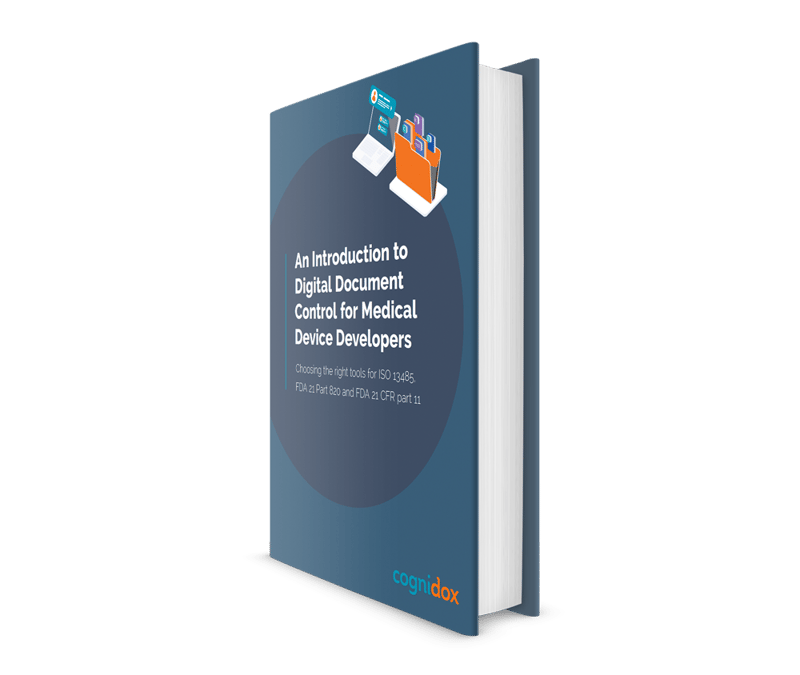
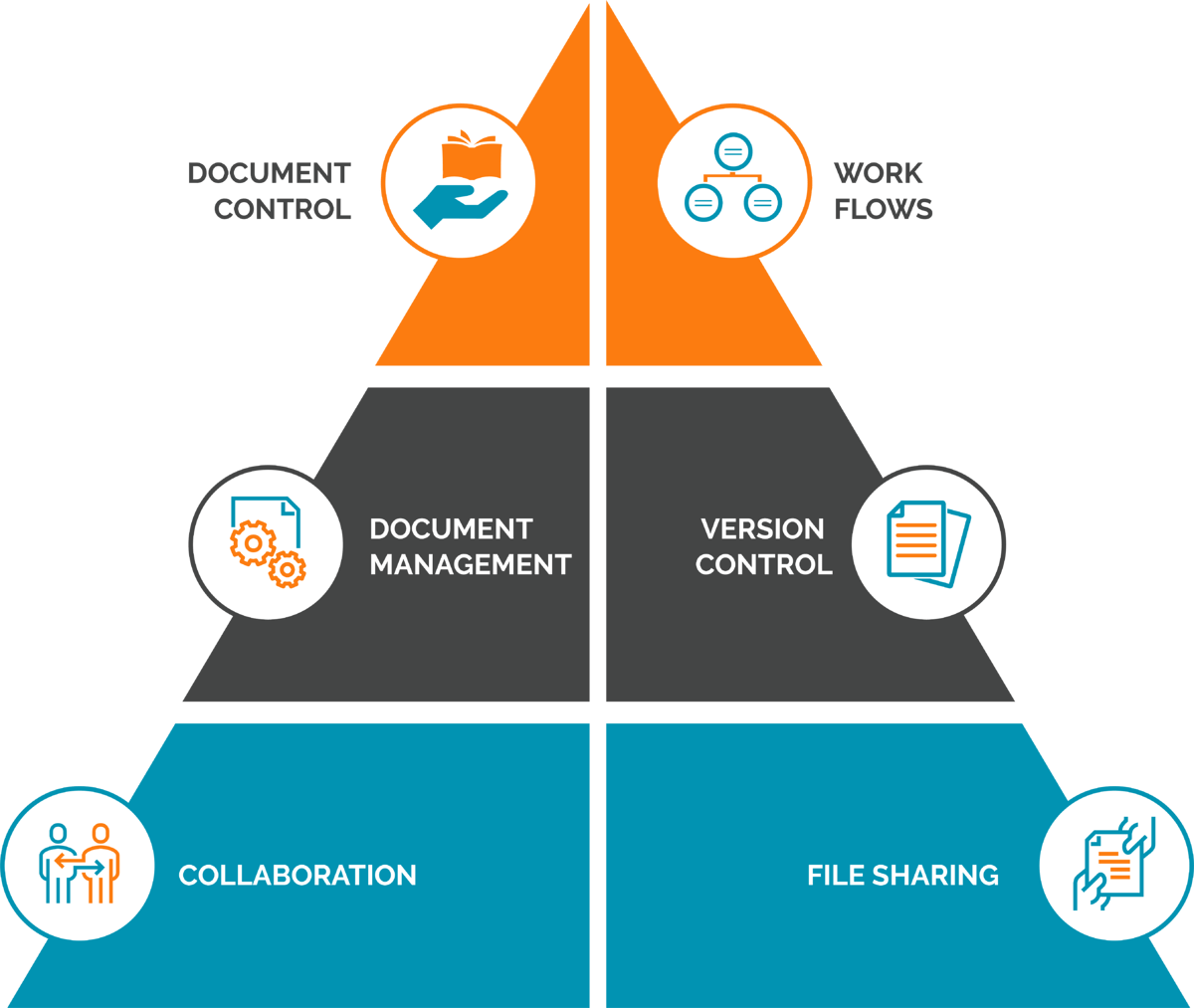
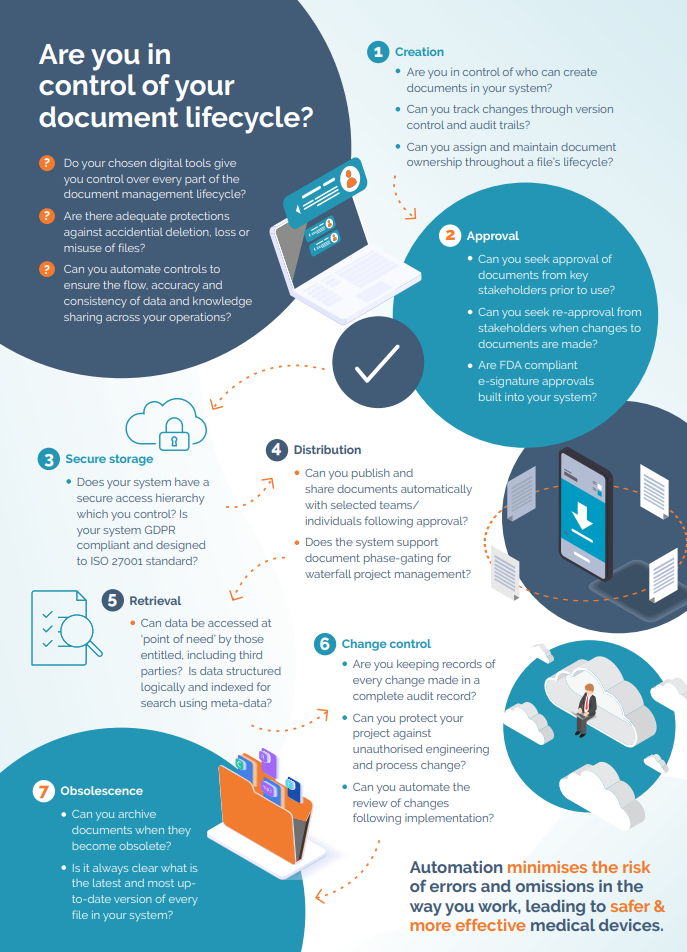
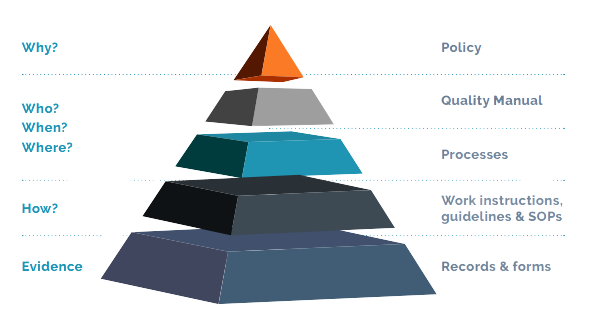
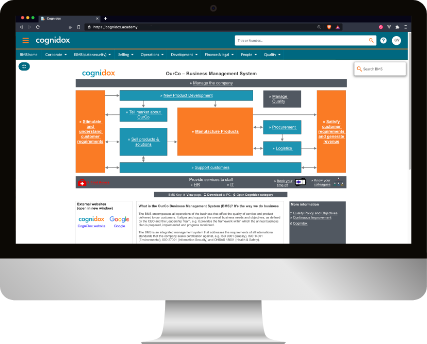


.png?width=599&name=Google_Drive__Dropblox-removebg-preview%20(1).png)
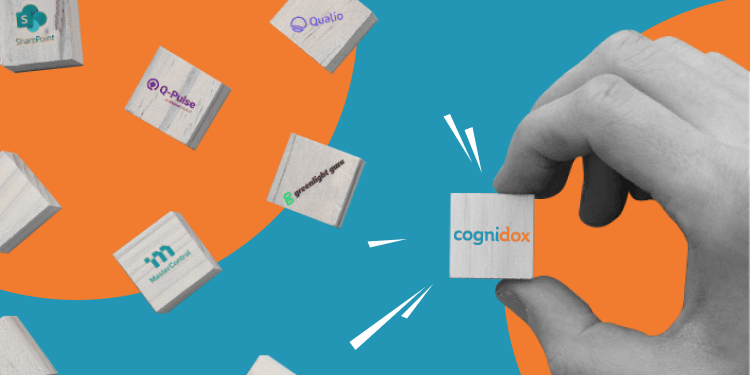


.webp)

%20(1).webp?width=133&height=76&name=ISO%20IEC%2027001%20(1)%20(1).webp)